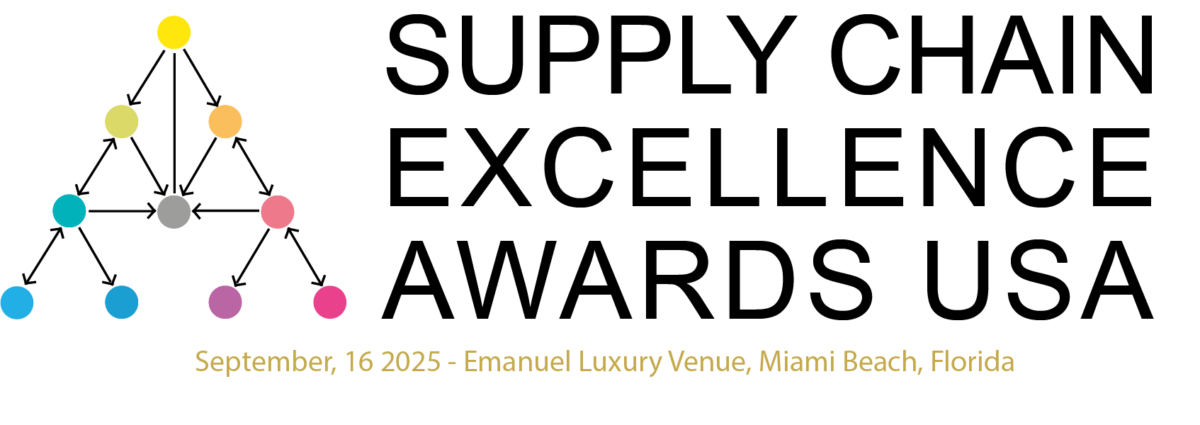The level of world trade grew significantly in the latter part of 2009, according to first edition of Capgemini’s Global Trade Flow Index.
The Index tracks trade by quarter for the 23 biggest players in world trade. The figures show that global trade levels grew by 8.5 per cent during the third quarter of 2009, with the main driver being stabilisation in developed markets (which still showed a decrease during the previous quarter) while emerging markets continued to grow.
“Global trade flows have clearly been picking up across the world in late 2009, which is a clear indicator that most world economies are recovering from the economic recession,” said Roy Lenders, vice president supply chain management at Capgemini Consulting. “Since global trade developments are typically an early indicator for the growth of the economy as a whole, we would expect to see GDP growth picking up as a result in most countries during Q1 and Q2 of 2010.”
The biggest increases in trade were seen in the US, where total trade grew by 8.6 per cent, against a fall of 2.4 per cent the previous quarter, with trade benefiting from the weak dollar. Stabilisation in consumption and investment, in combination with recovering exports and declining imports, has also put European economies on the road to recovery, with the biggest growth in global trade seen in Germany (8.6 per cent), France (8.5 per cent), the UK (7.7 per cent) and the Netherlands (7.4 per cent).
BRIC economies also witnessed a significant growth of 7.52 per cent in trade in Q3 2009, as government liberalization initiatives and infrastructure investments were put in place. China, in particular, witnessed positive trade growth of 6.5 per cent on account of aggressive macroeconomic stimulus measures, alongside other tax cuts and consumer subsidies which helped boost domestic demand. In addition to China, India and Russia, which have seen 12.1 per cent and 11.5 per cent growth in total trade respectively, have seen a significant improvement in their position in the Index since before the recession, driven by effective government stimulus packages.






